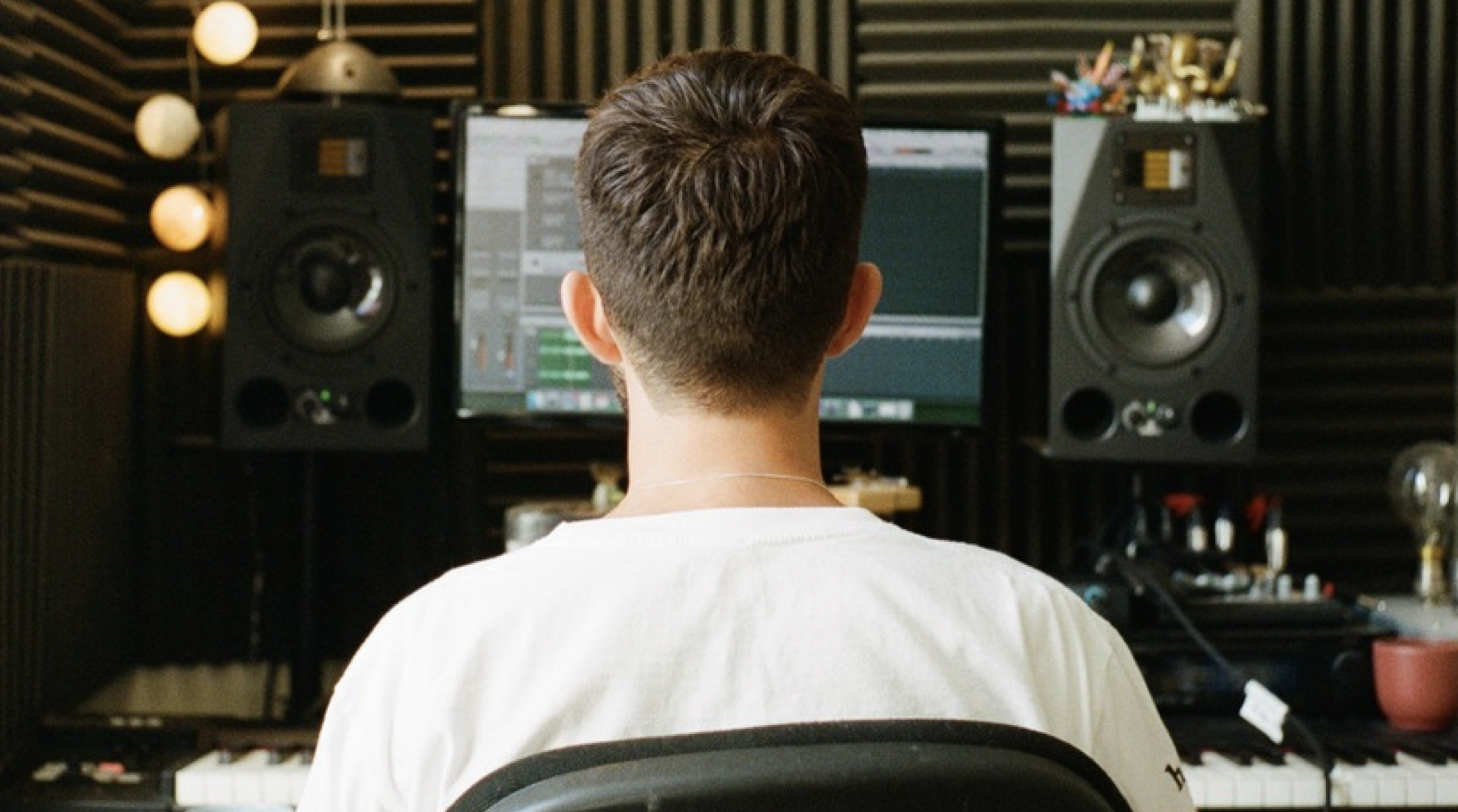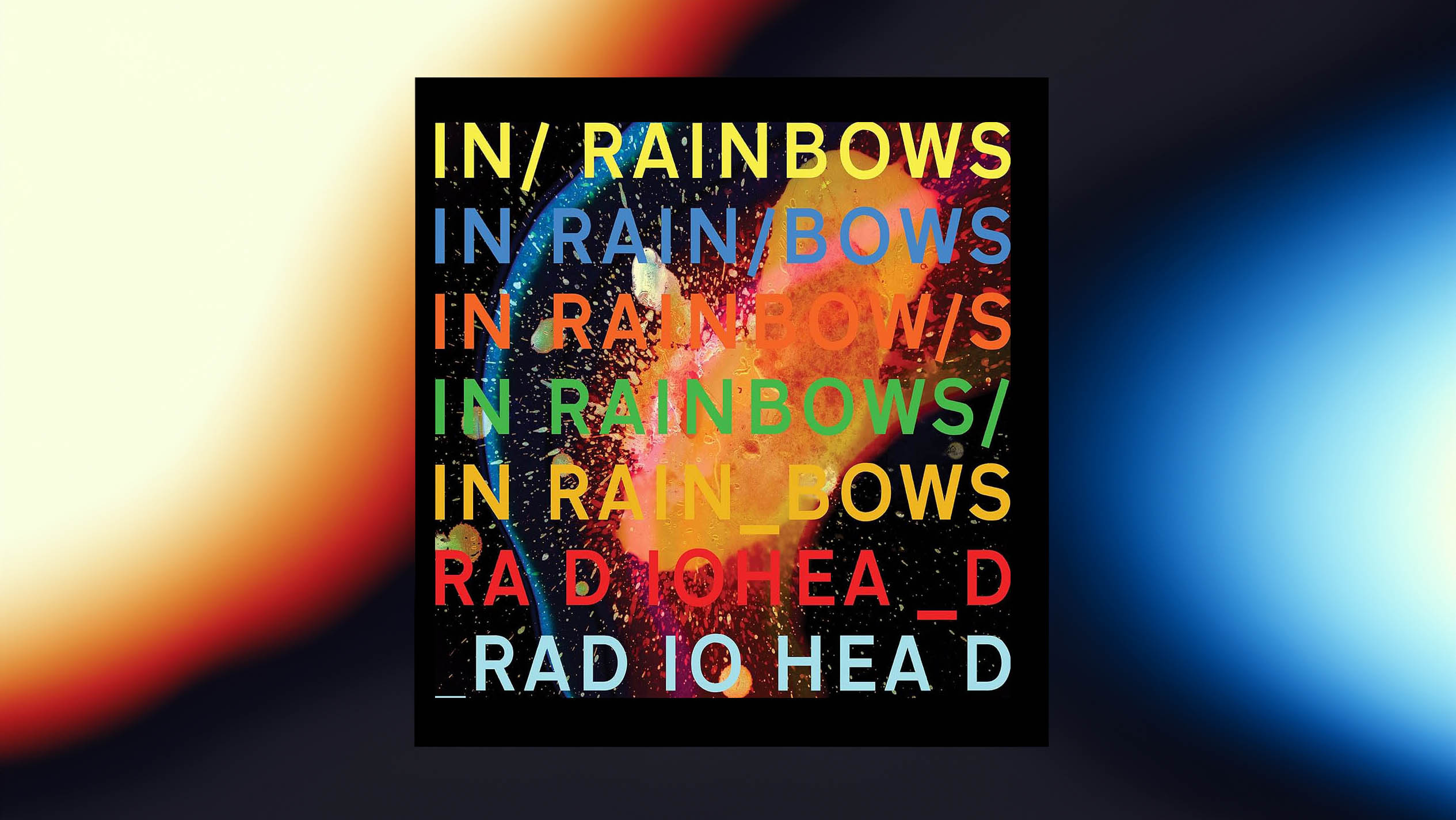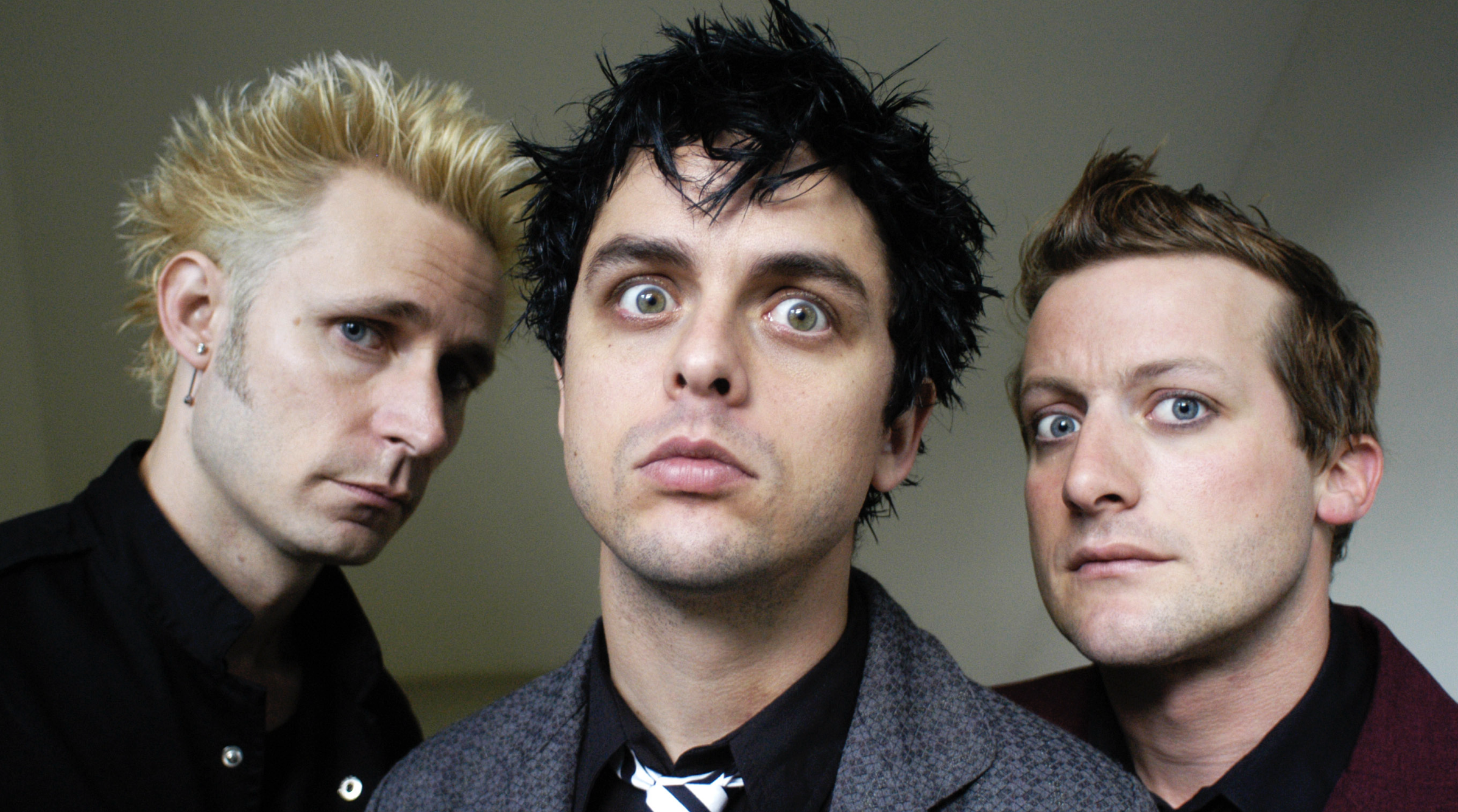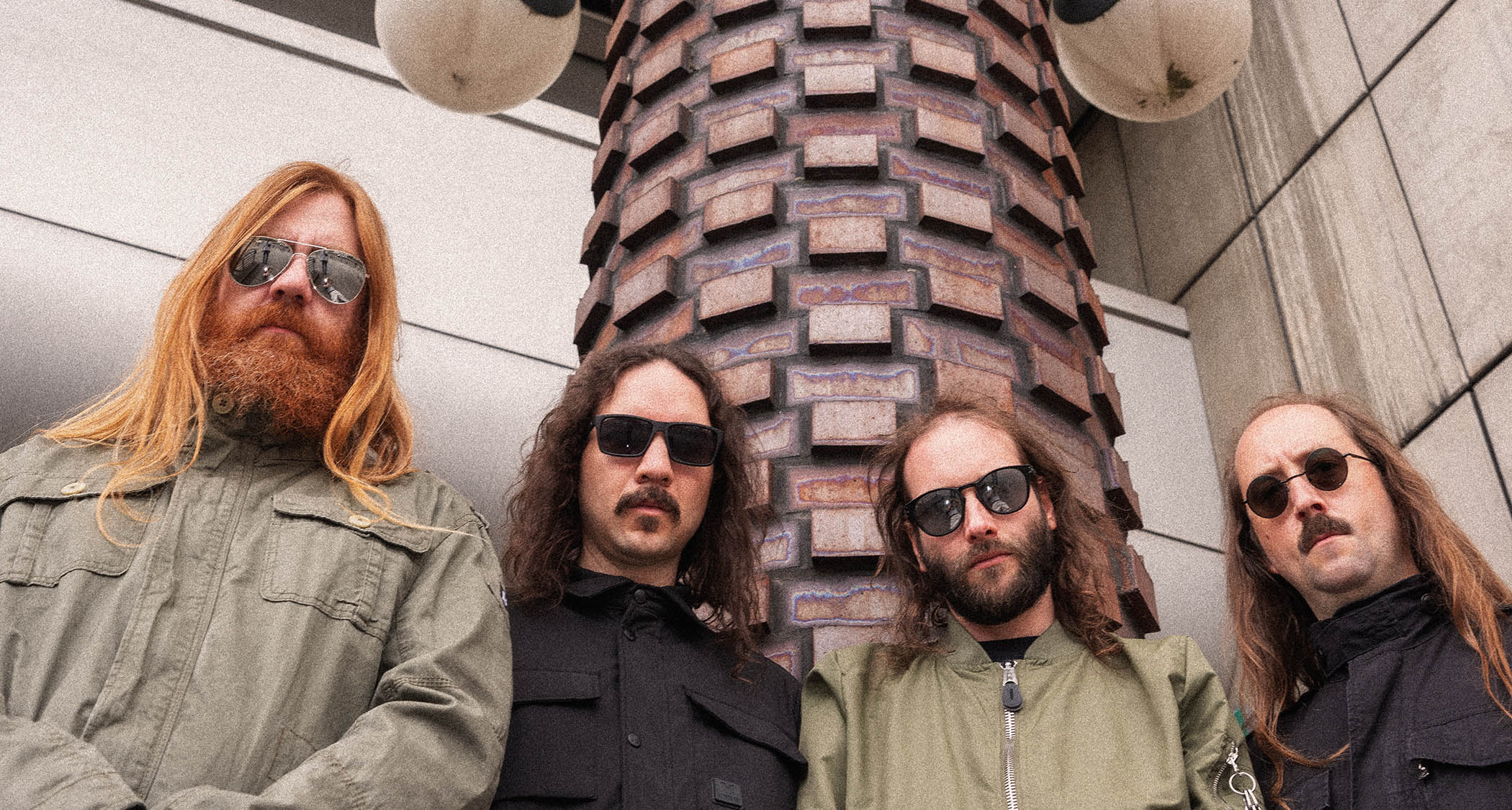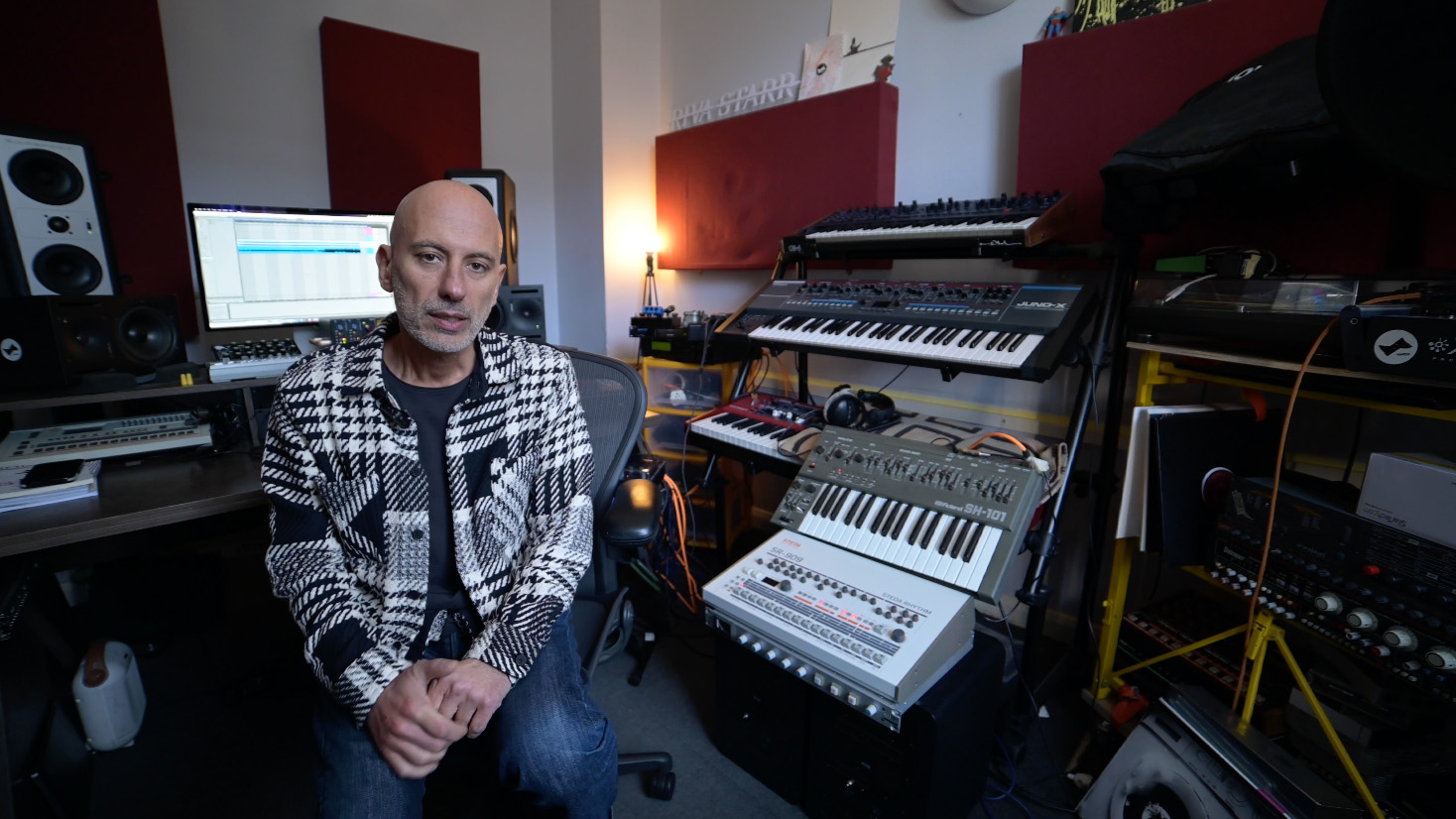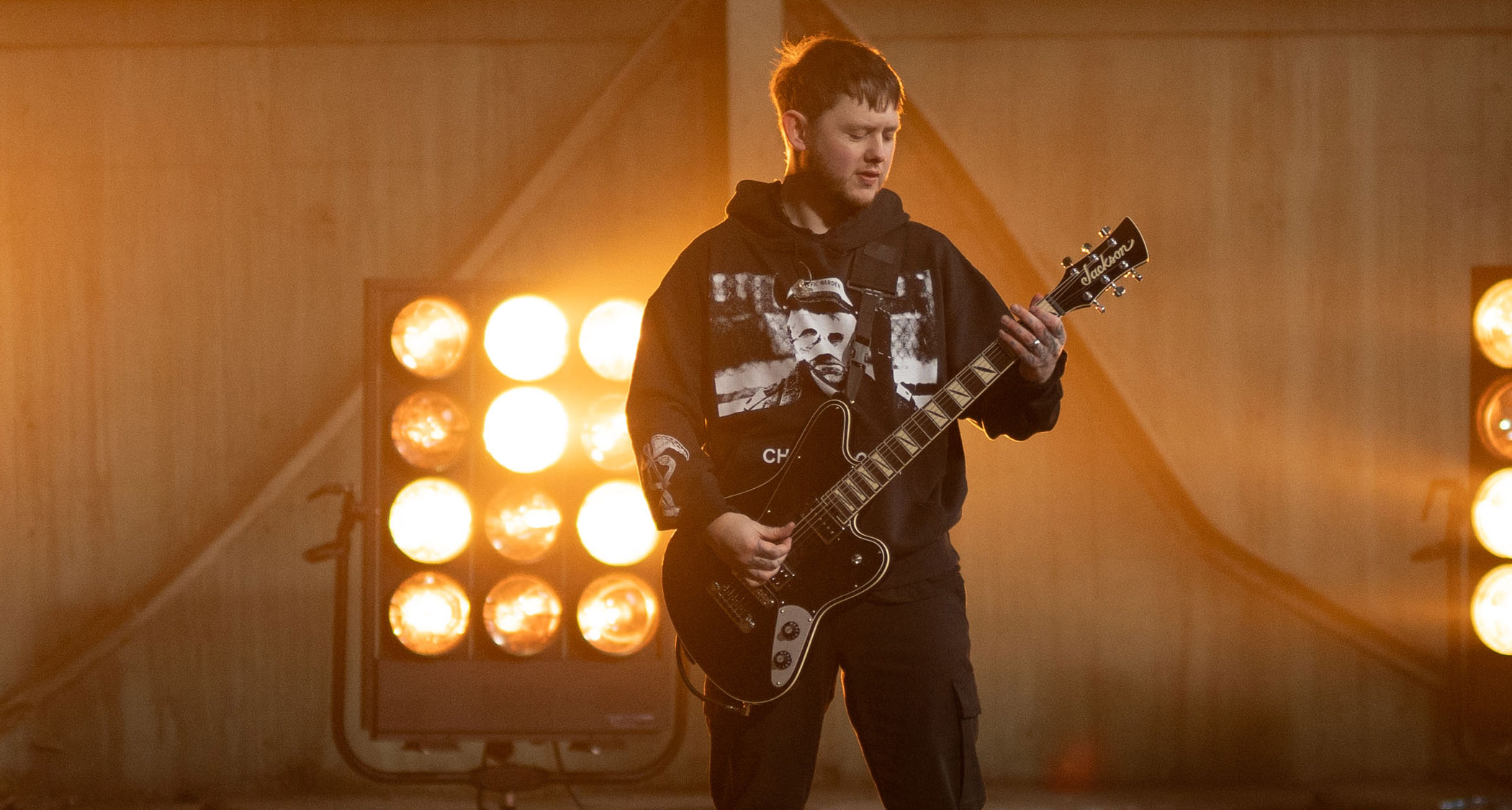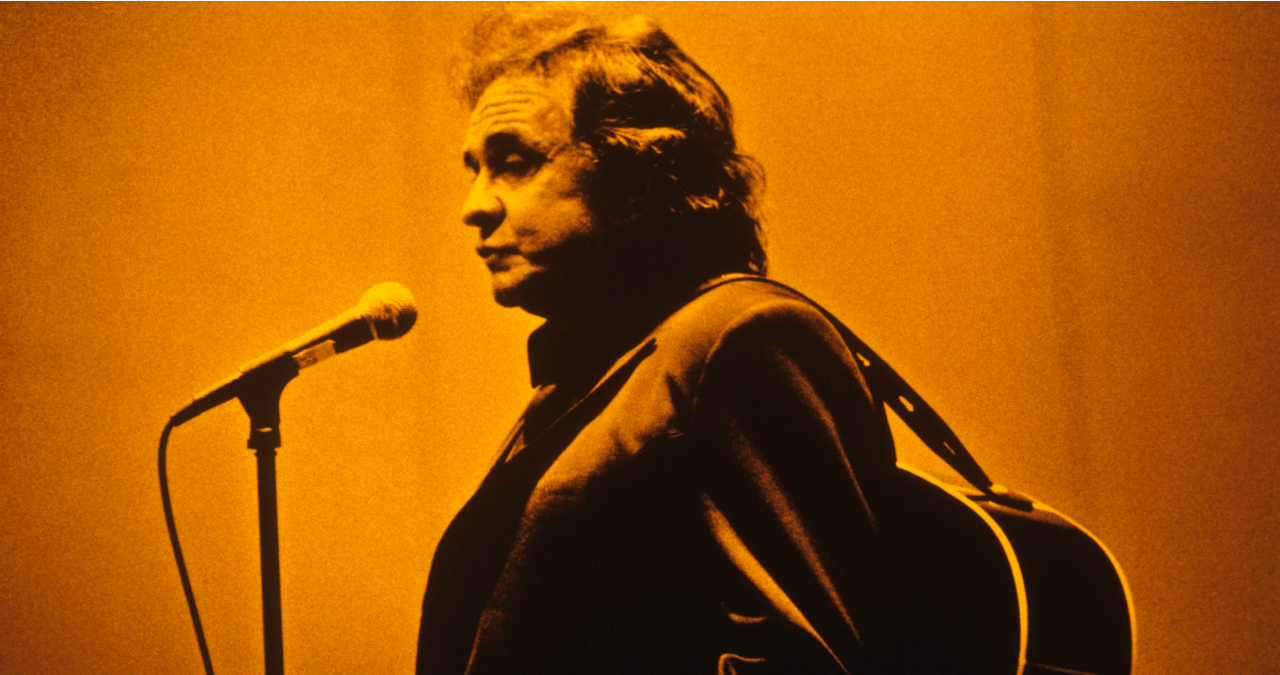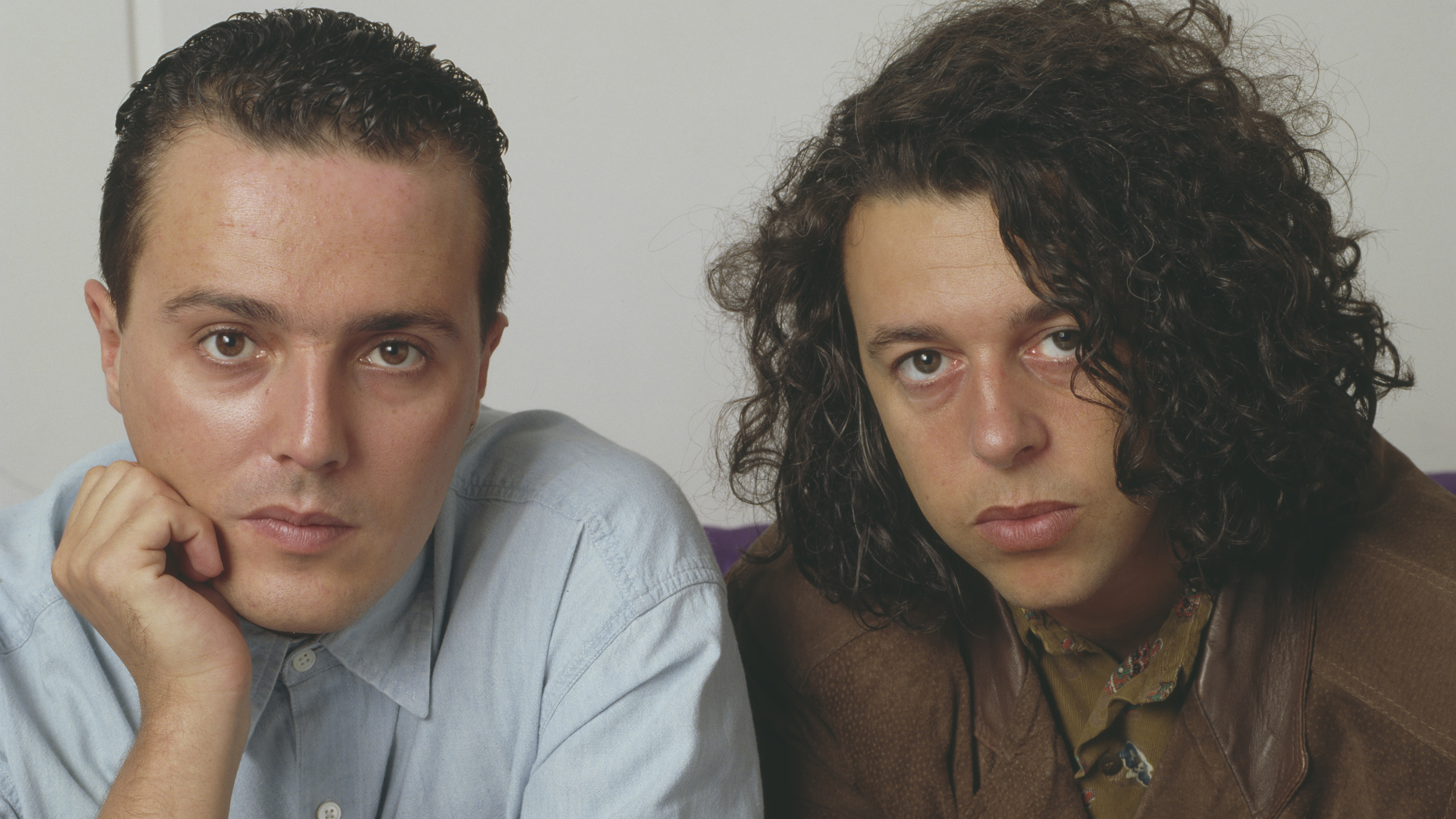“I was thinking at the time, if anyone wants to try and copy this video, good luck to them!”: How ’60s soul music, African rhythms and a groundbreaking video fuelled Peter Gabriel’s biggest hit
Gabriel had to lie under glass for a total of 16 hours
Numerous songs have become inextricably linked with the videos created to promote them - and none more so than Peter Gabriel’s Sledgehammer.
Voted MTV’s number one animated video of all time, it features claymation, pixilation and stop motion animation, giving life to the many images evoked in the song.
Directed by Stephen R. Johnson and featuring the animation talents of the Brothers Quay and Aardman Animations, the video makes for compelling yet sometimes uneasy viewing - with Gabriel singing the track in a disjointed, frame-by-frame style as a whole manner of objects such as an orange and a model train orbit his head.
Shot one frame at a time, this required Gabriel to lie under glass for a total of 16 hours.
“It took a lot of hard work,” Gabriel recalled. “I was thinking at the time, ‘If anyone wants to try and copy this video, good luck to them’.”
In many ways, the Sledgehammer video is a fitting reflection of the song it sets out to evoke – striking, innovative and, as ever with Peter Gabriel, wholly unique.
Sledgehammer is the song on which the former Genesis singer shifted from prog to pop, albeit with left-field sensibilities to the fore. It’s also a track that would become his most commercial song and his biggest international hit.
Get the MusicRadar Newsletter
Want all the hottest music and gear news, reviews, deals, features and more, direct to your inbox? Sign up here.
Sledgehammer is the second track on Gabriel’s fifth studio album, So, and was the last one to be recorded.
The album was produced by Daniel Lanois and recorded at Gabriel’s home, Ashcombe House, near Bath.
The musicians on the album were actually packing up their gear to leave when Sledgehammer was presented to them. Drummer Manu Katché had just ordered a taxi on his return journey to Paris when Gabriel coaxed him back into the studio.
Katché nailed his drum part in one take and Tony Levin recorded his part on a fretless bass with a pick.
Soul music was a huge influence on Gabriel when writing the song, particularly the music that had come out of Stax in Memphis.
He recalled having seen Otis Redding in London and remembered the passion and excitement of Redding’s performance and his trumpet player that night, Wayne Jackson, a member of the Stax house band and one of the Memphis Horns.
“I began as a drummer, a pretty bad drummer,” Gabriel told Ray Hammond of Sound On Sound magazine in January 1987. “I used to play in a soul band and we used to do a lot of this type of material. It's still very exciting for me.
“The best gig of my life was when I went to the Ram Jam Club in Brixton to see Otis Redding in 1967. That hasn't ever been surpassed for me, it was an amazing night.”
Almost 20 years after that night, Gabriel contacted Wayne Jackson and asked him to assemble a horn section to play on Sledgehammer. Jackson recruited Mark Rivera on saxophone and Don Mikkelsen on trombone.
Gabriel wanted Jackson and the horn section to capture some of the intricacies of brass playing that were not possible to achieve on a synth. He highlighted as an example the slow brass swells in the second verse as the kind of feel that he required.
For Gabriel, the inclusion of musicians such as Wayne Shorter and Manu Katché was integral to Sledgehammer.
“I think there's still something magical that happens when you get the interaction between live players,” he said. “No amount of good programming can replace that.”
Lyrically, Sledgehammer is rich in sexual innuendo. As Gabriel sings: ”You could have a steam train/If you'd just lay down your tracks".
The euphemisms were acknowledged by Gabriel and he noted that many of the ’60s soul and R&B songs that inspired him also feature such references in the lyrics. “Sometimes sex can break through barriers when other forms of communication are not working too well,” he is quoted as saying, on the Songfacts website.
But as Sledgehammer progresses, Kafka-esque themes of alienation and isolation also begin to present themselves. “I kicked the habit/Shed my skin/This is the new stuff…”
Sonically, Sledgehammer was quite unlike anything to hit the airwaves when it was released in 1986.
Katché’s rhythms and Jackson’s horns fused into what Gabriel referred to as “a commanding blend of parallel heritages”.
In addition to its powerful soul groove, the song featured a synthesised shakuhachi flute, which was created using an E-mu Emulator II sampler, and a “cheap organ sound”, created on a Prophet-5.
Gabriel told Sound On Sound in 1987: “I still use the Fairlight CMI (Series II) a lot, and the Prophet-5 is just like an old warhorse for me. I know it really well.
“I like the cheap organ sound you hear quite a lot in Sledgehammer and a few other places on the album – it's good for other things too.”
Tony Levin would re-record his initial bass part once the song had progressed. Levin’s bass was DI’d.
By contrast, the guitarists on the track, David Rhodes and producer Daniel Lanois, went through either Roland JC120s or Fender Deluxe Reverbs.
In October 1985, once Gabriel had completed his vocals, three backing singers were brought in to record their parts: P.P. Arnold, Coral Gordon and Dee Lewis.
Sledgehammer was released as the lead single from the So album on 14 April 1986.
Gabriel’s instincts about the song were proved right.
It shot to No.1 in the US charts, propelled by the stunning video which received heavy rotation on MTV.
In an ironic twist, Sledgehammer knocked the song Invisible Touch by his former band Genesis off the top slot.
“We weren’t aware of that at the time,” Phil Collins of Genesis told Laura Barnett of The Guardian in 2014. “If we had been, we'd probably have sent him a telegram saying: 'Congratulations – bastard!’”
Critically, Sledgehammer was well received, with journalists applauding Gabriel’s creative instincts within the confines of the mainstream market.
“Earlier Peter Gabriel albums would have taken this song into some oblique left turn halfway through,” suggested Stewart Mason of AllMusic, “but even Gabriel's utterly unexpected flute solo here makes perfect sense.”
Sledgehammer was, concluded Mason, “the song that took Peter Gabriel from art rock hero and college radio mainstay to full-on pop star.”

Neil Crossley is a freelance writer and editor whose work has appeared in publications such as The Guardian, The Times, The Independent and the FT. Neil is also a singer-songwriter, fronts the band Furlined and was a member of International Blue, a ‘pop croon collaboration’ produced by Tony Visconti.
You must confirm your public display name before commenting
Please logout and then login again, you will then be prompted to enter your display name.
“A fabulous trip through all eight songs by 24 wonderful artists and remixers... way beyond anything I could have hoped for”: Robert Smith announces new Cure remix album
“He knows what I'm thinking and feeling before I even know it": Billie Eilish suggests that she and brother Finneas can read each other's minds


